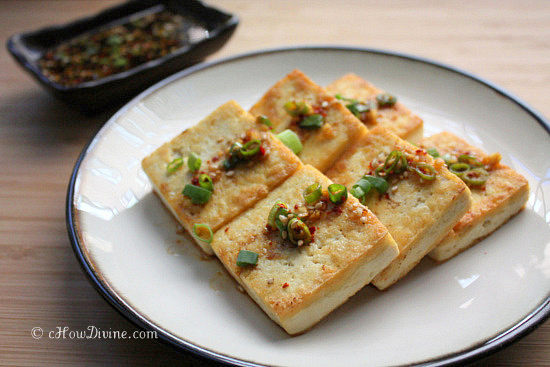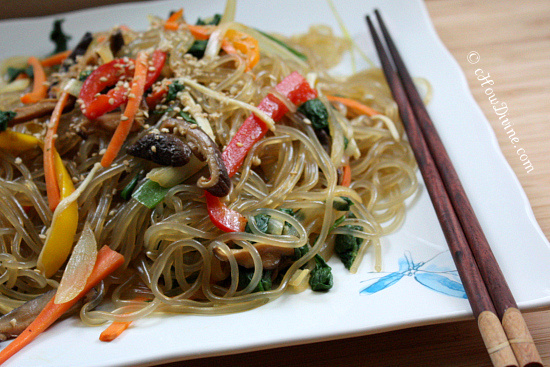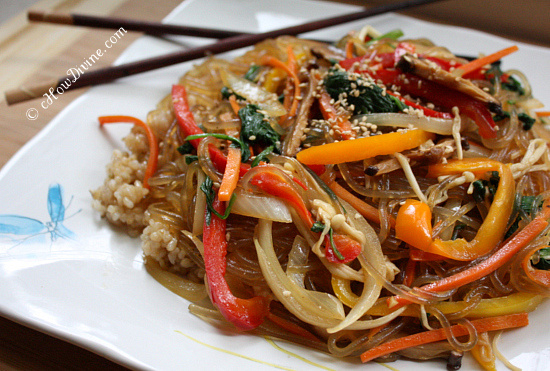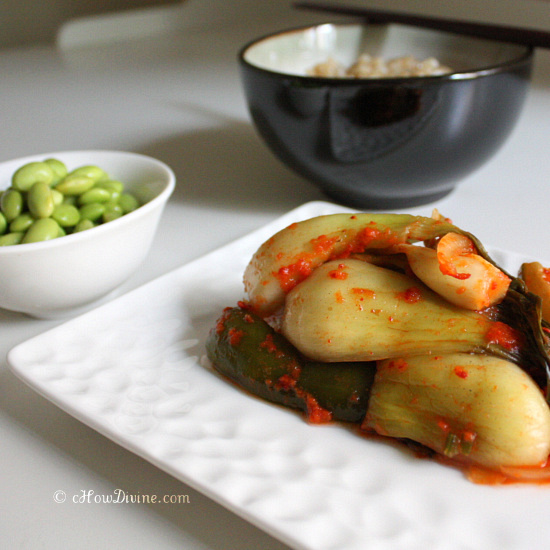Amanda Knox is out of an Italian prison. Do you wonder what really happened? So many things seem sketchy about this whole case: the prosecutor, the evidence (or the lack thereof), the accused themselves, etc. The story reads like a lurid tabloid fodder. I feel sad for everyone involved though – the families, of course, the victim, and even the accused. The stink of being accused of murder is impossible to get off, even if you had nothing to do with, especially in the age of fast and loose internet access. Everyone has an opinion about everything. I mean, look at me! I’m writing about it!
To inject a little levity to this serious situation, I would like to share a little tidbit about a Korean custom. In Korea, tofu is given to people right out of prison. This is thought to keep them out of prison in the future. No; the tofu isn’t thought to ward off evil spirits or bad luck that may land them back in prison and help them in their life of crime. Instead, the tofu symbolizes a future of a crime-free life. More specifically, white color of the tofu symbolizes purity, innocence, and starting anew. So I decided to make some pan-seared tofu in the spirit of this symbolism. It’s a positive thing. We all need a reminder to be good at times, albeit for the smaller things in life.
Continue Reading Pan-Seared Tofu with Soy Dipping Sauce . . .







